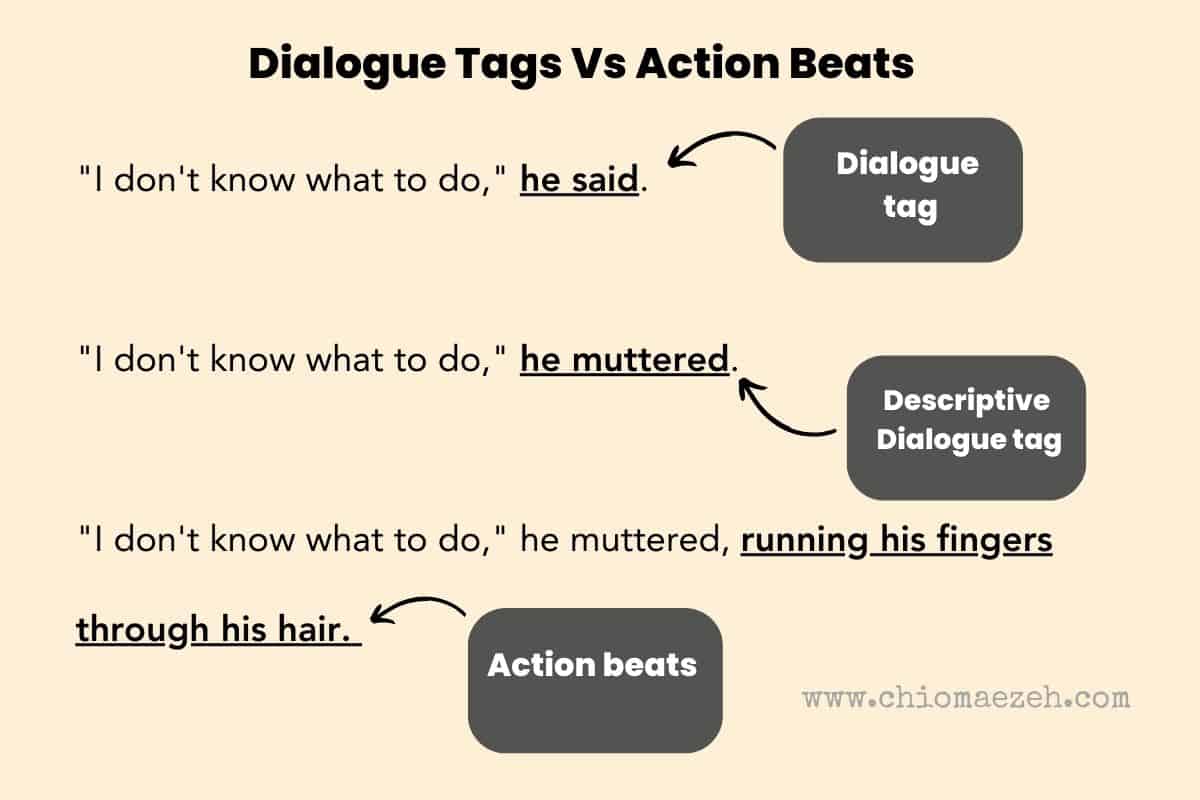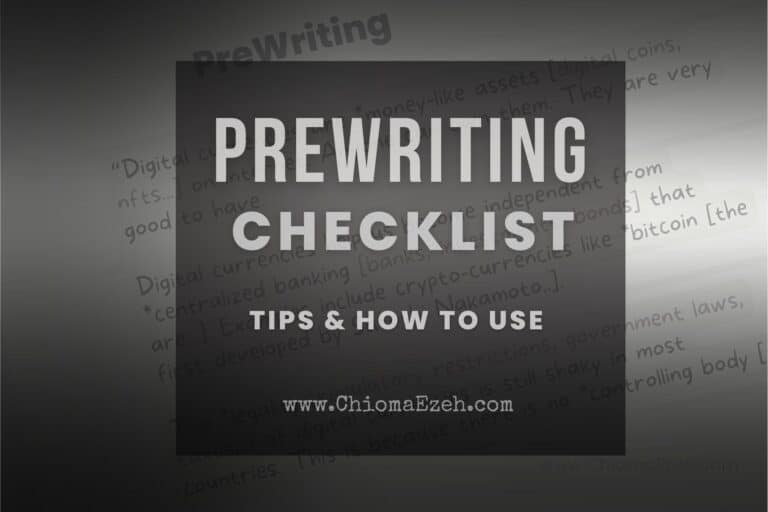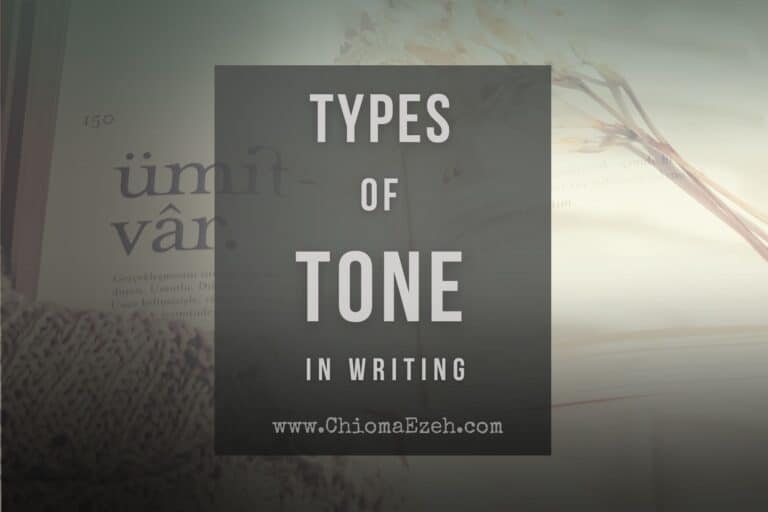What Are Action Beats in Writing? [Definition + Examples]
What are action beats in writing? An action beat is a small snippet of a character’s physical action, facial expression, or inner thought that goes along with their dialogue. It helps to show the character’s emotions, break up long stretches of conversation, and make the scene more engaging and dynamic.
In simple terms, action beats give life to your characters’ words and help the reader better understand what’s happening in the story. They’re like little sparks that make your dialogue more interesting and fun to read!
In this post, we will discuss what action beats are in dialogue writing. We’ll also share some clear examples that will help you understand action beats in a whole new light.
👉 See our overview guide to dialogue writing for authors

Let’s Talk
Are you a writer aspiring to pen a masterpiece that never fails to captivate? Look no further. Reach out to us and uncover how we can help you to take your writing to unprecedented heights!

What Are Action Beats?
An action beat briefly describes a character’s physical action, emotion, or thought that accompanies their dialogue. It serves as a pause or a “beat” in the conversation and helps to enhance the atmosphere, reveal character traits, and maintain a good pace.
They help to make the dialogue more dynamic, engaging, and true-to-life by providing context and making characters feel more relatable.
Let’s take an in-depth look at an example to illustrate the concept of an action beat:
Dialogue without an action beat:
“I don’t want to talk about it,” she said.
In this example, the reader can infer that the character is unhappy or uncomfortable. However, it lacks a clear understanding of the character’s emotions and actions.
Now, let’s add an action beat to this dialogue:
“I don’t want to talk about it,” she said, turning away and folding her arms.
In this revised example, the action beat “turning away and folding her arms” provides more context and helps the reader visualize the character’s emotions and actions.
By turning away and folding her arms, the character is physically distancing herself from the conversation, which suggests that she is not only unhappy or uncomfortable but also defensive and closed off.
The action beat, in this case, adds depth and nuance to the dialogue, making it more engaging and believable for the reader.
Why Use Action Beats?
You might be wondering why action beats are essential in dialogue writing. Let’s take a look at some of their benefits:
- Show, Don’t Tell: Action beats help you avoid the trap of “telling” the reader what a character feels or thinks by “showing” their emotions or thoughts through actions or expressions. This engages the reader and makes for a more immersive experience.
- Break Up Dialogue: Action beats can break up long stretches of dialogue and prevent them from becoming monotonous. They add variety and keep the reader engaged.
- Create Natural Pacing: You can create a more natural, dynamic flow in your dialogue by incorporating action beats. This makes your characters feel more alive and your scenes more vivid.
- Reveal Character Traits: Action beats can reveal a lot about a character’s personality, habits, and emotions, making them feel more real and relatable to the reader.
Examples of Action Beats
Now that we know what action beats are and why they’re useful let’s look at some examples to help illustrate their use in dialogue writing.
Example 1:
Without action beats:
“I don’t want to talk about it,” she said.
“Why not?” he asked.
“Because it’s none of your business,” she snapped.
With action beats:
“I don’t want to talk about it,” she said, crossing her arms and turning away.
“Why not?” he asked, stepping closer.
“Because it’s none of your business,” she snapped, glaring at him over her shoulder.
In this example, the action beats provide insight into the characters’ emotions and body language, helping to create a more vivid scene.
Example 2:
Without action beats:
“You should have told me,” he whispered.
“I was afraid,” she admitted.
With action beats:
“You should have told me,” he whispered, his eyes filled with hurt.
“I was afraid,” she admitted, biting her lip and avoiding his gaze.
Here, the action beats add emotional depth to the conversation, making it more genuine and engaging.
Tips for Using Action Beats
Now that we understand action beats better, let’s discuss some tips and tricks for effectively using them in your dialogue.
- Balance is Key: While action beats are a great tool for enhancing your dialogue, it’s essential not to overuse them. Too many action beats can slow down the pace and become distracting. Strive for a balance between dialogue and action beats, keeping in mind the tone and pace of your scene.
- Be Specific: When writing action beats, describe the character’s actions, emotions, or thoughts. This will make your scenes more vivid and help readers connect with the characters more deeply.
- Vary Your Action Beats: To keep things fresh and engaging, try to vary the types of action beats you use. Mix it up with physical actions, emotional reactions, and inner thoughts. This will create a more dynamic and captivating reading experience.
- Keep It Relevant: Make sure the action beats you include are relevant to the scene and the characters involved. Irrelevant action beats can confuse the reader and detract from the dialogue’s impact.
- Use Action Beats to Control Pacing: If you want to speed up the pace of your dialogue, use fewer action beats or keep them brief. On the other hand, if you want to slow things down, use more detailed action beats or focus on a character’s inner thoughts.
- Avoid Clichés: Be cautious of using clichéd action beats, like a character sighing or rolling their eyes. While these can sometimes be effective, overusing them can make your writing feel stale and unoriginal.
How to Master Writing Action Beats
To illustrate the power of action beats, let’s look at how you can master the art of writing action beats.
- Understand the purpose: Know the function of an action beat in your scene, such as revealing emotion, breaking up dialogue, controlling pacing, or enhancing atmosphere. This understanding will help you create meaningful action beats that serve the narrative.
- Observe real-life interactions: Pay attention to how people express their emotions and thoughts through body language, facial expressions, and gestures in real life. This observation will help you create believable action beats that mimic genuine human behavior.
- Be specific and concise: Use clear, concise descriptions to help your reader visualize the character’s actions, emotions, or thoughts. Avoid vague or generic expressions, and instead, opt for precise language that paints a vivid picture.
- Stay true to your characters: Ensure the action beats you write align with your characters’ personalities, backgrounds, and emotional states. This consistency will make your characters more relatable and believable.
- Avoid clichés and repetition: Steer clear of overused actions or expressions, like sighing or rolling eyes. Instead, strive for variety and originality in your action beats to keep the readers engaged and interested.
- Connect action beats to dialogue: Make sure the action beats flow logically with the dialogue, providing context or enhancing the conversation. You can place the action beat before, after, or in the middle of the dialogue, depending on the desired effect.
- Read your dialogue out loud: Reading your dialogue and action beats out loud can help you identify any inconsistencies or areas that need improvement. Listen to the rhythm and pacing to ensure it feels natural and engaging.
- Revise and polish: Take the time to revise and polish your action beats, ensuring they are specific, varied, and relevant to the scene and characters involved. Don’t be afraid to rewrite or remove action beats that don’t serve the narrative.
- Practice and learn from others: Study action beats in published works by authors you admire, and learn from their techniques. Practice writing action beats regularly to hone your skills and develop your unique style.
👉 For a deeper look, see our author guide on how to write action beats
FAQs on What Is An Action Beat In Writing?
What Are Action Beats In Dialogue Writing?
Action beats are brief descriptions of a character’s physical action, emotion, or thought that accompany their dialogue. They serve as a pause or a “beat” in the conversation and help to enhance the atmosphere, reveal character traits, and maintain a good pace.
Why Are Action Beats Important In Dialogue Writing?
Action beats are important because they “show” a character’s emotions or thoughts through actions or expressions rather than “telling” the reader; they break up long stretches of dialogue, create natural pacing and reveal character traits
How Can I Use Action Beats To Reveal Character Traits?
Action beats can reveal character traits by showing the character’s emotions, habits, or reactions through their actions, expressions, or thoughts. For example, a character who fidgets when nervous or tends to bite their lip when worried can reveal their anxiety or concern through these actions.
Should I Use Action Beats In Every Dialogue Exchange?
While action beats can enhance dialogue, they don’t need to be used in every exchange. Use them strategically to create a natural flow, reveal character traits, and maintain pacing. Overusing action beats can make your writing feel cluttered and slow down the pace.
Final Notes: What Are Action Beats?
Action beats are essential for creating engaging and dynamic dialogue in your fiction writing. They help “show” rather than “tell” your character’s emotions, thoughts, and actions while maintaining a natural pace and revealing character traits.
Using examples, we’ve explored the benefits of action beats, tips for using them effectively, and how they can transform your dialogue writing. Remember to balance dialogue and action beats, be specific, vary your action beats, keep them relevant, control pacing, and avoid clichés.
So, my fellow writers, don’t forget to incorporate action beats the next time you sit down to craft a dialogue-heavy scene. With practice, you’ll find that your dialogue becomes more engaging, your characters more relatable, and your scenes more vivid. Happy writing!





![Outlining In Writing: 6 Easy Steps For Success [With Formats]](https://chiomaezeh.com/wp-content/uploads/2023/01/What-is-outlining-in-writing-process-768x512.jpg)
